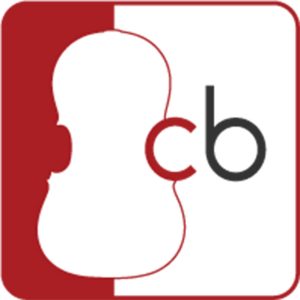At the Marion Opera House (2012)
CelloBello
The first performance presented by the Jesselson/Fugo Duo was in October 1981 in Marion, SC at the Marion Opera House. Similar to other buildings of the age throughout SC and the south built with the same moniker, this functional two story brick classical revival structure in downtown Marion was more of a municipal activity center than it was an opera house. As it did the year it opened in 1892, this facility has annually hosted as many criminals as music performances, as many bakery and butcher shop customers as operas, and served as many community citizens stricken by home fires as it has patrons of theatre and visual art openings. While its modern manifestation is a civic center where meetings and auditoria events are held, it has served a great variety of common good capacities over the decades.
I was so struck by the analog between impact that the Jesselson/Fugo Duo has had on music audiences over their 30 year history and the impact that the Opera House as had on Marion County’s citizens for 120 years, that I decided to let my impressions of the place impact and influence my own conception of the work these fellows asked me to write for them celebrating their 30th anniversary. So, each of the work’s three movements has a very specific former public use of the Opera House as its title and inspiration.
For a number of years a very important civic event in Marion was held at the House–The Pink Tea. It was at the pink tea that Marion selected its annual participants who would be sent to represent the community at a debutante fashion event in New York City. The first movement of my new duo for Bob and Charles is inspired by the formality and etiquette for which this tea was locally famous. Early in the Opera House’s history a part of the main floor was devoted to an almost old-west-style courtroom and jail. Persons accused of every conceivable crime were tried in this courtroom and many of them served time in its long-gone jail cell behind the “bench.” A lament for the Duo, both laconic and sarcastic, is the a result of my imagining what such an occurrence might have been like in this portion of the Opera House. Marioners tell me that the firehouse that was also in a part of the ground floor saved many a burning building in Marion in the early years of the 20th century, and what better way to capture the madhouse of volunteers rushing to a town blaze from the old-fashioned fire station than with a circus march. The Duo presents the march, complete with a few surprises, to close the piece as its third movement.
Tayloe Harding
Subjects:
Tags:
